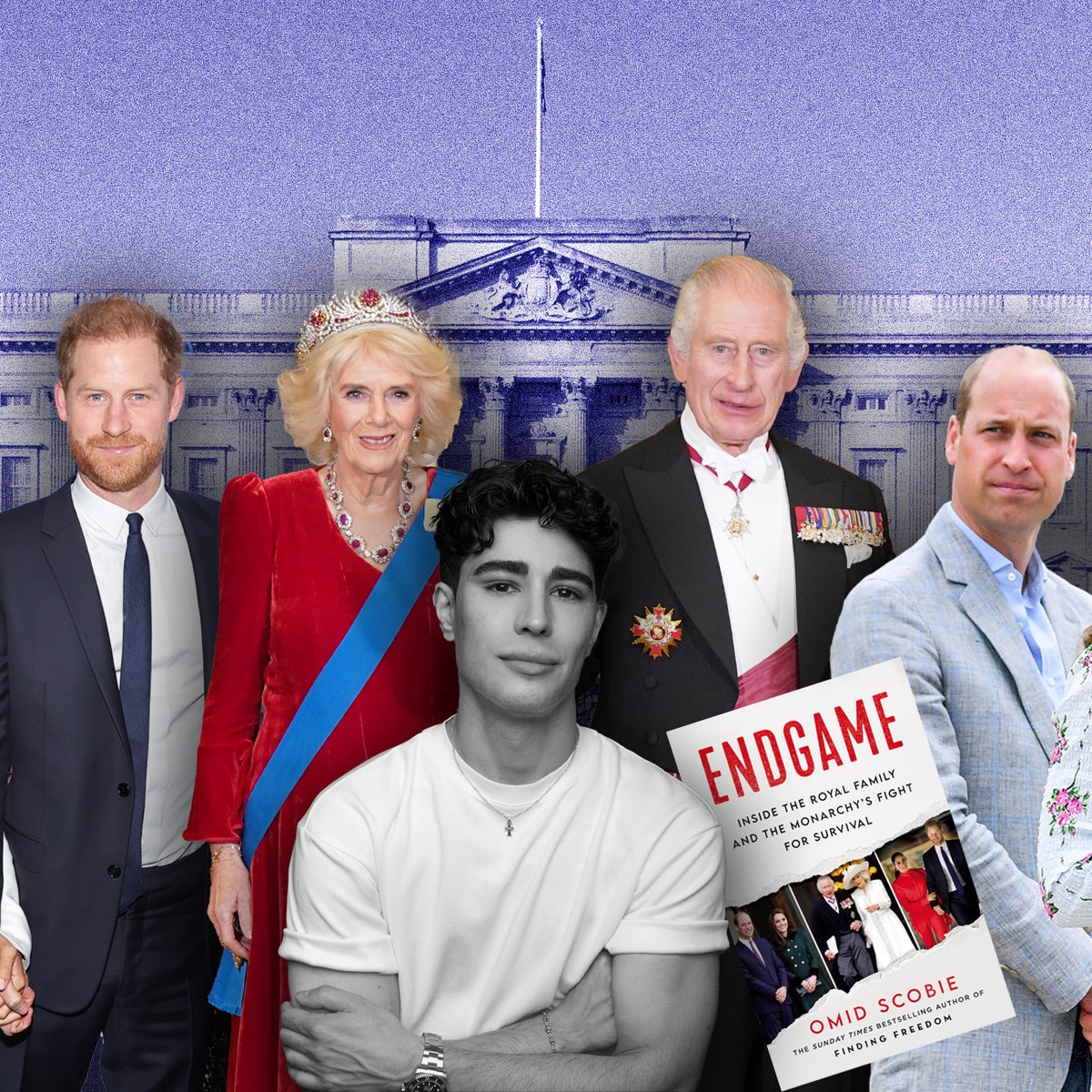In a stunning turn of events, Buckingham Palace has officially confirmed the existence of Archie Mountbatten-Windsor, the first child of Meghan Markle and Prince Harry.
While this may seem like a straightforward announcement, it has put to rest years of speculation surrounding the legitimacy of Archie’s birth.
For quite some time, skeptics have raised eyebrows, questioning whether Meghan truly gave birth to Archie, citing perceived inconsistencies in her pregnancy timeline and physical appearance.
Some even speculated that the couple had turned to surrogacy or adoption.
However, palace officials have now decisively stated that Archie is indeed the biological son of the Duke and Duchess of Sussex, backed by official documentation including birth records and genetic tests.
Yet, while the palace has cleared the air regarding Archie, the situation surrounding their daughter, Lilibet Diana, remains murky.
In a shocking revelation, palace sources disclosed that they possess no records or information about Lilibet’s birth or existence.
Yes, you read that correctly—the palace appears to be in the dark about whether Lilibet is a real person.
This startling announcement has sent shockwaves through royal circles and reignited speculation about Meghan’s pregnancies.
The absence of any record for Lilibet has sparked a flurry of theories.
One prevalent speculation suggests that Meghan and Harry might have utilized a surrogate for their second child, which could explain the palace’s lack of documentation.
This theory gains credence considering the couple’s well-documented fertility struggles and their aspiration for a larger family.
Another theory posits that Lilibet may have been adopted, either legally or through unofficial means.
This idea seeks to explain the secrecy surrounding her birth and the absence of any formal records.
Then there’s the most controversial theory, which claims that Lilibet might not exist at all—a complete fabrication by the Sussexes for reasons yet unknown.
Proponents of this notion point to the dearth of public appearances, photographs, or substantial evidence supporting the child’s existence.
Conversely, some speculate that the palace itself could be involved in a cover-up, intentionally withholding or destroying records related to Lilibet for political or personal reasons.
With so many theories swirling around, Meghan and Harry have maintained a tight-lipped stance.
Their representatives issued a brief statement neither confirming nor denying Lilibet’s existence, urging the public and media to respect their family’s privacy.
This silence has only fueled speculation, with many calling for clarity regarding the circumstances surrounding their children’s births.
As this saga unfolds, experts and commentators are weighing in with their insights.
While some express sympathy for Meghan and Harry, highlighting the immense pressure they face as royals, others adopt a more critical stance.
They accuse the couple of weaving a web of deception and demand full transparency regarding their family situation.
This controversy has reignited discussions about the monarchy’s role, the public’s right to know, and the boundaries of privacy for public figures.
What lies ahead for Meghan and Harry?
Will they finally address the swirling questions surrounding Lilibet’s existence, or will they continue to remain silent, allowing the rumors to thrive?
Only time will tell how this intricate saga will unfold.
One thing is clear: public interest in the royal family shows no signs of diminishing, and every twist and turn in this drama will be scrutinized by millions worldwide.
The Lilibet mystery has also sparked debates on media ethics and the privacy rights of public figures like Meghan and Harry.
Critics argue that since the royal family is funded by taxpayer money, there should be a level of transparency regarding their actions and personal lives.
They maintain that the couple has courted media attention and profited from their royal status, thus bearing a responsibility to clarify any inconsistencies regarding their family.
On the flip side, supporters of the Sussexes contend that they deserve privacy, especially concerning their children.
They emphasize the relentless media scrutiny and harassment Meghan has endured, often tinged with racism and misogyny, as justification for their desire for discretion.
These advocates argue that the public’s fascination with the royals has morphed into an unhealthy obsession, driven by sensationalist tabloid reporting.
Concerns have also emerged regarding the potential legal and ethical ramifications of the palace’s apparent lack of records about Lilibet.
Questions arise about whether this situation constitutes a breach of official protocols or violates data protection laws.
The implications of such a precedent could be significant, raising concerns about the handling of official records and the potential for abuse.
As the saga develops, it’s evident that the Lilibet mystery transcends mere questions about a child’s existence.
It has highlighted deep rifts within the royal family and ignited fierce debates about privacy and transparency.
The complex interplay between public figures, the media, and the public’s insatiable appetite for royal drama has never been more pronounced.
Regardless of where one stands on the issue, this controversy is far from resolved.
Its repercussions are likely to shape public perceptions of the monarchy and influence the future line of succession.
For Meghan and Harry, this saga represents a pivotal moment in their struggle for autonomy and control over their narrative.
Their next steps could either reinforce their status as outsiders or pave the way for a potential reconciliation with the royal family.










